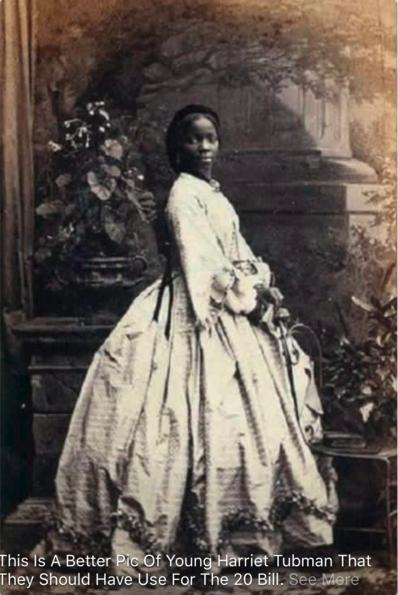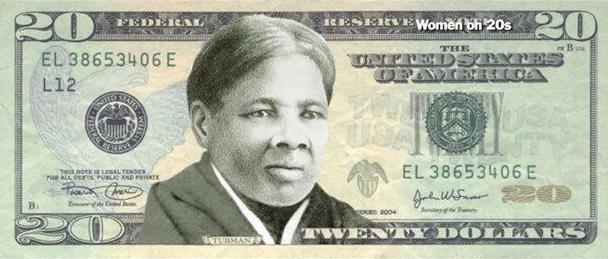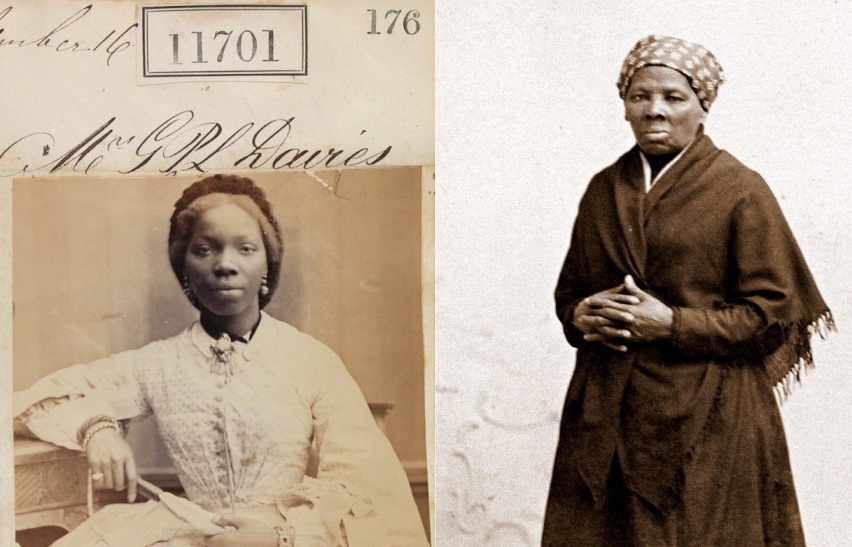ORIGIN:An April 2016 announcement that a portrait of famed African-American abolitionist Harriet Tubman would be replacing that of Andrew Jackson on front of the U.S. $20 bill was both controversial and the source of many false rumors. In the latter camp was a viral social media photograph, purportedly depicting a "young Harriet Tubman," that was floated as a "better choice" for the note in question that the image initially presented.
The purported "young Harriet Tubman" image featured a softer aesthetic than the more familiar historical image of Tubman often used in mock-ups for the $20 bill:
While this image was certainly popular on social networks, it took far less than a minute to determine that the woman depicted in it was not Harriet Tubman at all. Rather, the photograph shows Lady Sara Forbes Bonetta Davies, whose biographical information is summarized thusly by Wikipedia:
Lady Sara Forbes Bonetta (1843- 15 August 1880) was a West African Egbado Omoba who was orphaned in intertribal warfare, sold into slavery, and in a remarkable twist of events, was liberated from enslavement, and became a goddaughter to Queen Victoria. She was married to Captain James Pinson Labulo Davies, the wealthy Victorian Lagos philanthropist.
Visually, Tubman and Bonetta bore little resemblance to one another:
Neither "young Harriet Tubman" (nor her older self) had any real-life connection to Sara Forbes Bonetta Davies. Moreover, none of Tubman's predecessors on American currency were depicted in a manner that focused on glamor over historical context.
SNOPES



No comments:
Post a Comment